From Pharaohs to Museums: A Wild Ride Through Manicure History
It’s nothing new for manicures to make headlines. The topic #nails on Instagram has 233 million posts, and the manicures of celebrities often arouse heated discussions. However, it is not just recently that manicures have become the focus of people’s attention. Humans have thousands of years of manicure history. Moreover, manicures have been closely integrated with various cultural phenomena since their birth.
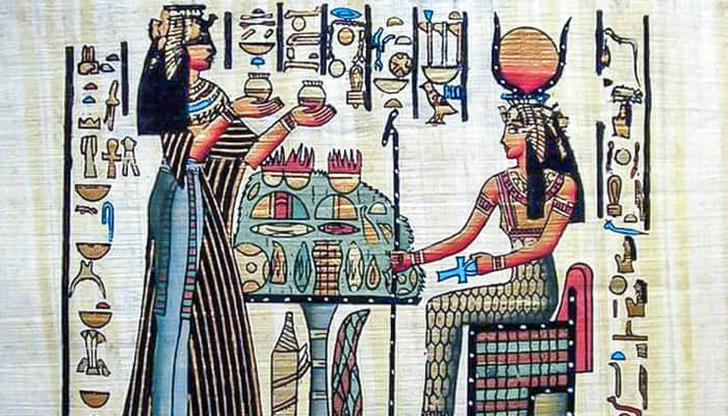
The Earliest Manicure
It is probably difficult for us to know when the manicure began. However, according to current archaeological discoveries, as early as 7,000 years ago, women in ancient Egypt and ancient India began to use henna to color their nails. This brown dye extracted from natural plants is now very popular in the Middle East and South Asia and is often used to dye hair, tattoos, and paint nails. To this day, Indian brides will use henna to give themselves beautiful tattoos on their wedding night, and their nails are of course a must-have.
In ancient times, manicure was not always associated with women. Men’s manicure has a long history. In ancient Babylon, when men went to war, manicure was one of the important rituals. Soldiers would paint their nails different colors depending on their class. The upper-level soldiers will be painted black and the lower-level soldiers will be painted green. The ancient Babylonians thought this would intimidate their enemies.
A 5,200-year-old manicure set was unearthed in Babylon and was considered part of the battle equipment. This manicure set is made of pure gold, which shows that the ancient Babylonian warriors attached great importance to a manicure. Coincidentally, in distant South America, the warriors of the Inca Empire would also receive a complete set of manicure services before going to the battlefield.
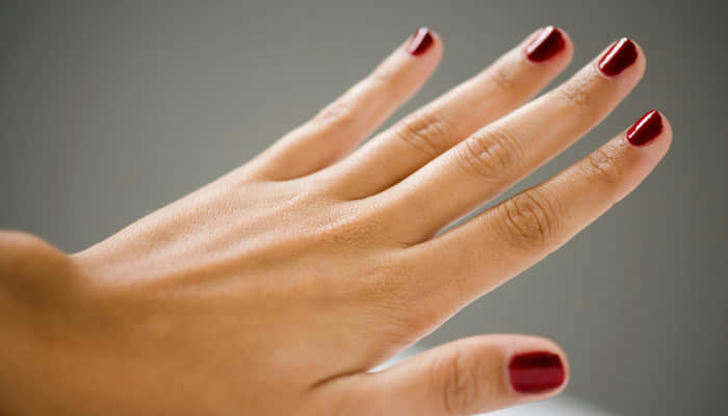
Nail Polish
Dyeing your nails is one thing, making them shine is another. Early manicures could only dye the nails, but 5,000 years ago, the Chinese were the first to invent glittering nail polish. After mixing egg white, gelatin, and beeswax, and then coloring it with petals, the gel-like object created can produce a beautiful luster when applied to nails. This is how the Chinese first invented nail polish.
In ancient China, roses and orchids were the most popular flowers for coloring. The nail polish made in this way will not only be shiny but also have a beautiful pink color. In addition, in order to protect long manicures, armor covers appeared in China during the Zhou Dynasty.
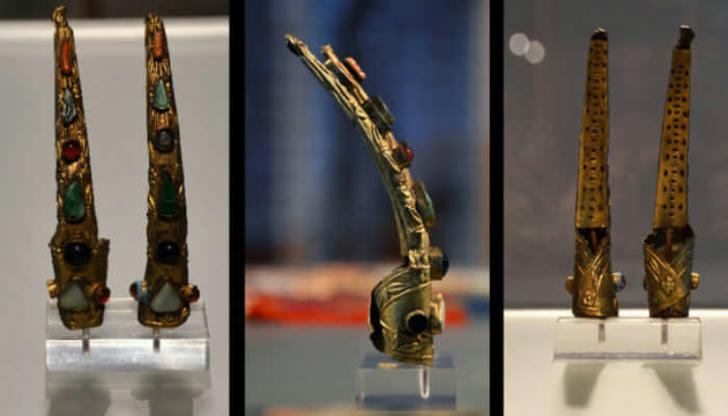
Manicure and Identity
In ancient times, a manicure was never just for looking good. Well-groomed, long, shiny nails have always been a symbol of wealth and status. Because it is impossible for the lower class people who need to do heavy physical labor to protect their long nails. When ancient nobles met, they often showed off their carefully maintained manicures to each other.
And bright red long nails are even more valuable. Several queens of Egypt are famous for their beautiful red manicures. Among them are Nefertiti, the legendary most beautiful woman in Egypt, and Cleopatra, the more familiar queen. At the same time, in ancient Egypt, if the people at the bottom wanted to do manicures, they could only choose very light colors.
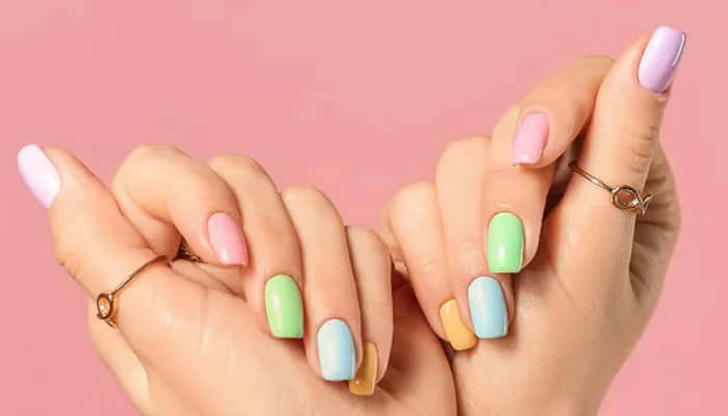
Modern Nail Polish
It was not until the 1920s that the familiar nail polish was finally invented. But initially, this wasn’t for painting nails. At that time, the automobile industry had been booming for many years. In order to make their cars more beautiful, major automobile manufacturers invented many brightly colored and high-gloss paints.
Michelle Menard, a French beauty artist, suddenly thought one day that this kind of bling-blasting car paint would be better used on nails. So she tried improving the car paint. Since then, nail polish in the modern sense was born. At first, this was only popular among a few people. It wasn't until 1932 that a company, Revlon, sensed a business opportunity and launched a commercial nail polish based on Michelle Menard’s invention. This nail polish modified from car paint not only has a beautiful luster but also a bright color. Nail art has officially entered the lives of the general public.
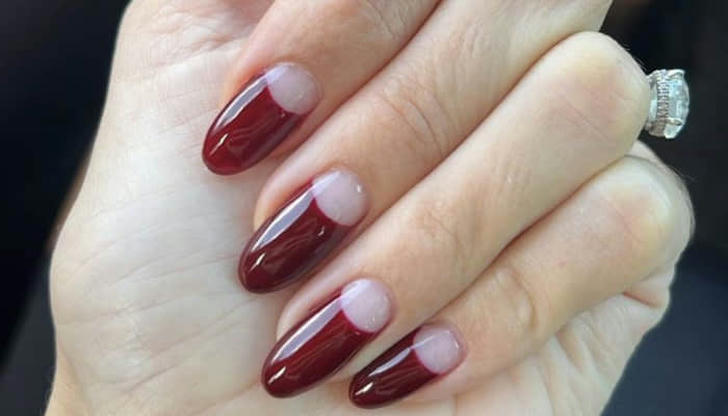
Manicure, Fashion, and Art
After nail polish became a product that everyone could buy, manicures have also undergone earth-shaking changes. Nail art has gradually become a part of daily life for many people, turned into fashion, and finally became art.
In the 1930s of the last century, not long after the advent of modern nail polish. American actress Joan Crawford's Moon Manicure became a sensation. At that time, people only painted the middle part of the nail, leaving a half-moon-shaped blank at the root of the nail, and then painted it white. Nail polish and manicure also became popular. The moon manicure became one of the symbols of the American thirties.
By the 1990s, manicures created a fashion whirlwind. In 1995, Quentin Taranti’s classic film “Pulp Fiction” came out, in which the character played by Uma Thurman’s manicure attracted a lot of attention. The color, described as “dried blood,” is quite unique. This is Chanel’s new Rouge Noir nail polish. Drawing on the heat of the movie and its inherently special colors. This nail polish was sold out on the first day of its release, creating a waiting list that lasted for a year. To date, this is Chanel's best-selling product.
Also in the 1990s, manicurist Bernadette Thompson’s Money Nails manicure for American Rapper Lil’Kim also made the manicurist famous overnight. Her works were featured in various fashion magazines. Now she often collaborates with stars such as Rihanna, Arianna Grande, Kim Kardashian, Lady Gaga, and Beyoncé, and is also a designer for LV and Marc Jacobs. Money Nails is now on display at the Museum of Modern Art in New York and has become a true work of art.
